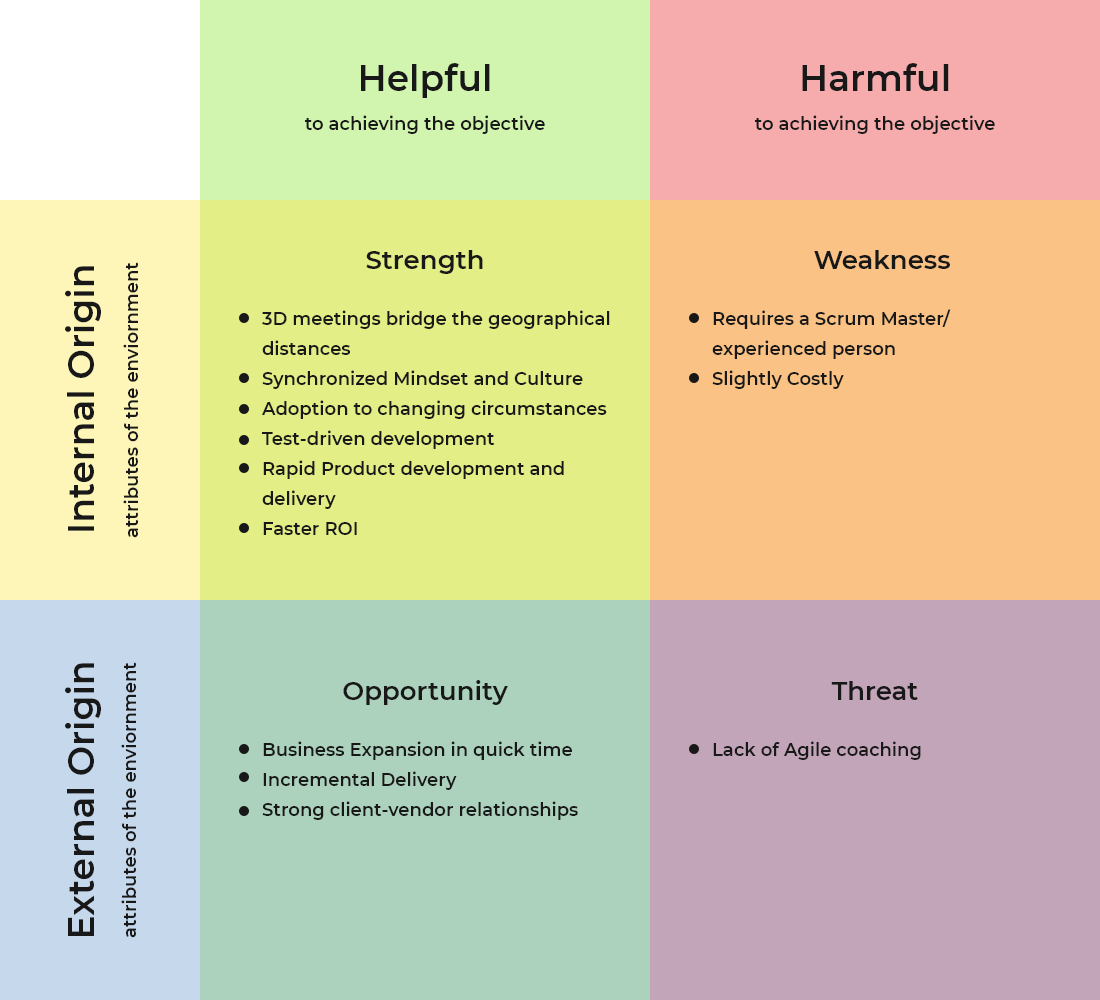

These are areas of your business that need improvement or traits that make you less competitive than others. These are called core competencies.įor example, if you’re looking to lower business expenses, your team’s expertise and knowledge about creating a business budget would be considered a strength. Your company may also have tangible assets, like capital, land, or patents, that give it an advantage. It could be a unique selling point (USP), a competitive advantage, or any internal aspect that gives you an edge over your competition. These are things your organization does well. Components of SWOT AnalysisĪs mentioned, the four components of SWOT analysis are strengths, weaknesses, opportunities, and threats.

Additionally, it can help a company assess if its products or services can address the needs of its target market.

In the corporate world, SWOT analysis helps a company understand if its strategies or campaigns are aligned with its objectives or growth trajectories. It involves specifying the objective of the business venture or project and identifying the internal and external factors that are favorable and unfavorable to achieving that objective.

SWOT analysis is a strategic planning method to evaluate the Strengths, Weaknesses, Opportunities, and Threats involved in a project or business venture. Below, we go into detail about how you can create a SWOT analysis and use it efficiently in your business. It’s a versatile tool that can be used in many different situations. 17% of the companies rated financial performance as a success indicator.Ī SWOT analysis can help assess a business unit, product, service, or whole company.


 0 kommentar(er)
0 kommentar(er)
